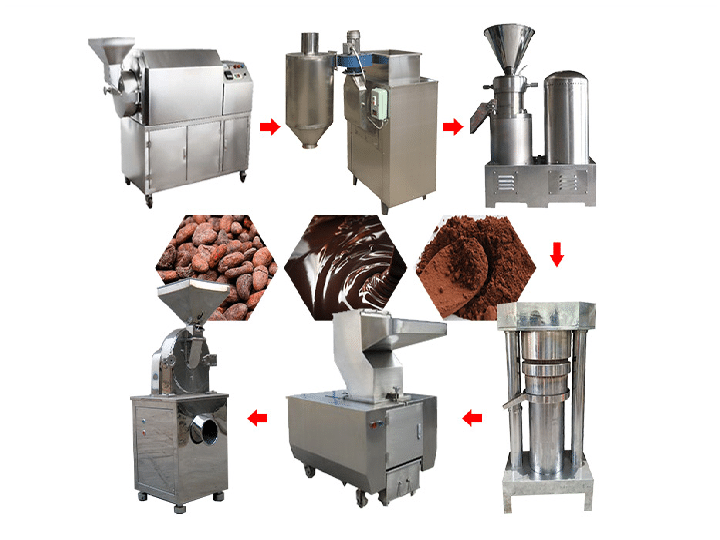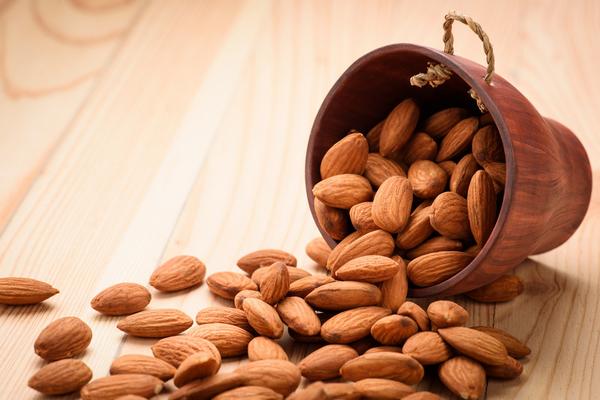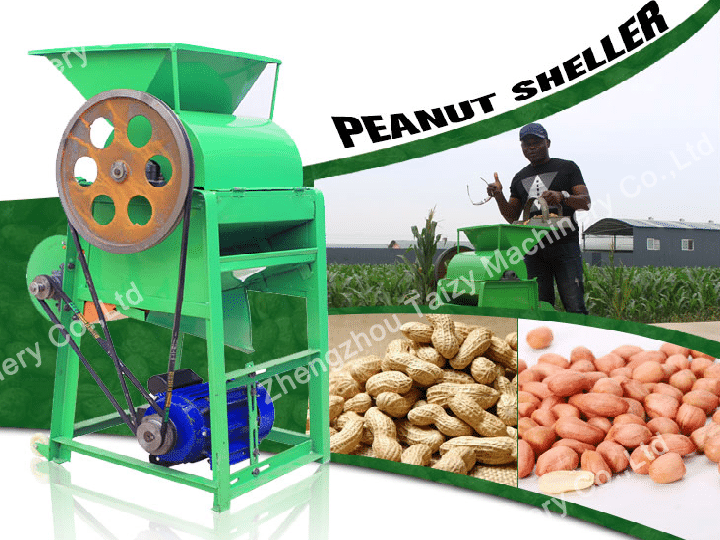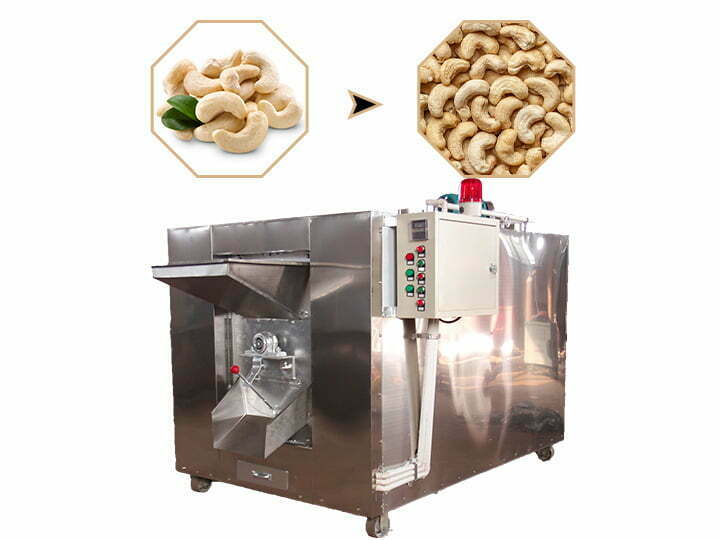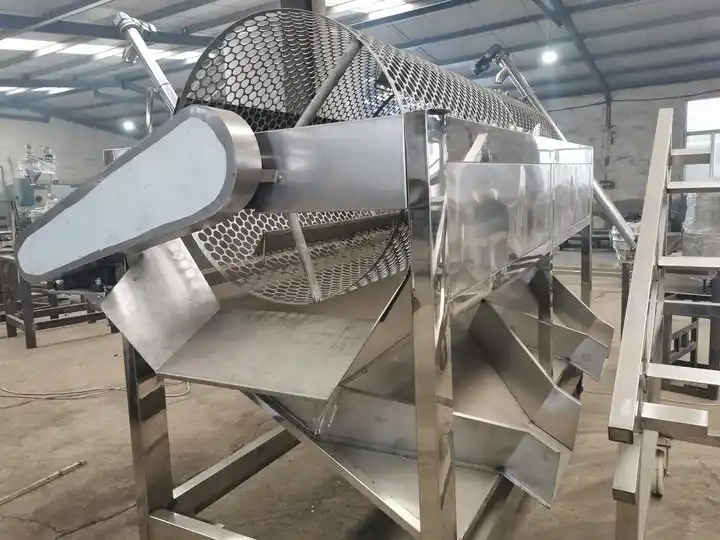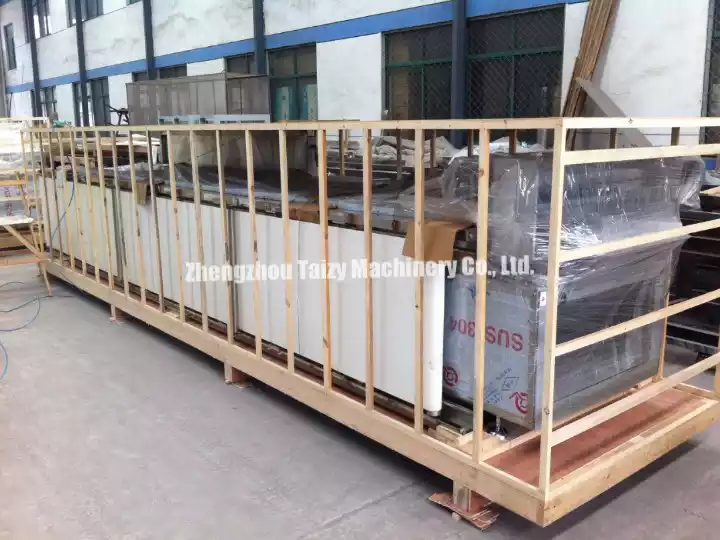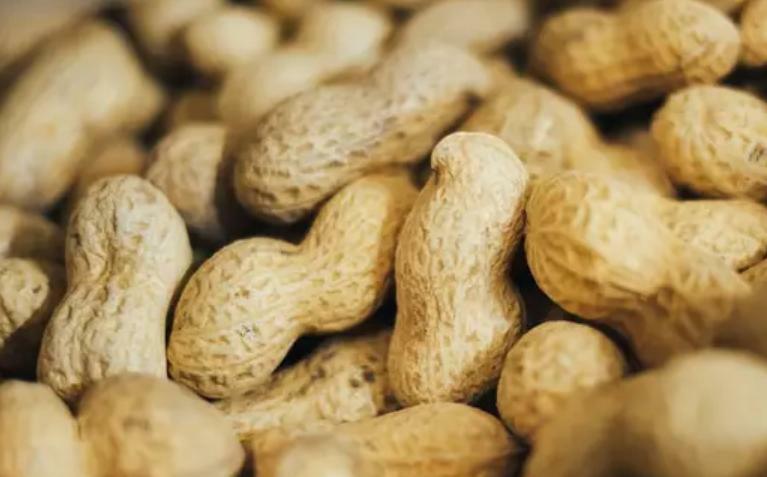Cocoa, the key ingredient in everyone’s beloved chocolate, undergoes a fascinating journey of transformation before it reaches our taste buds. At the heart of this journey lies the cocoa pod, a colorful and intriguing fruit that holds the potential for a delicious treat. In this article, we will explore the process of cocoa pod processing, shedding light on the intricate steps involved in turning cocoa beans into the chocolate we savor.
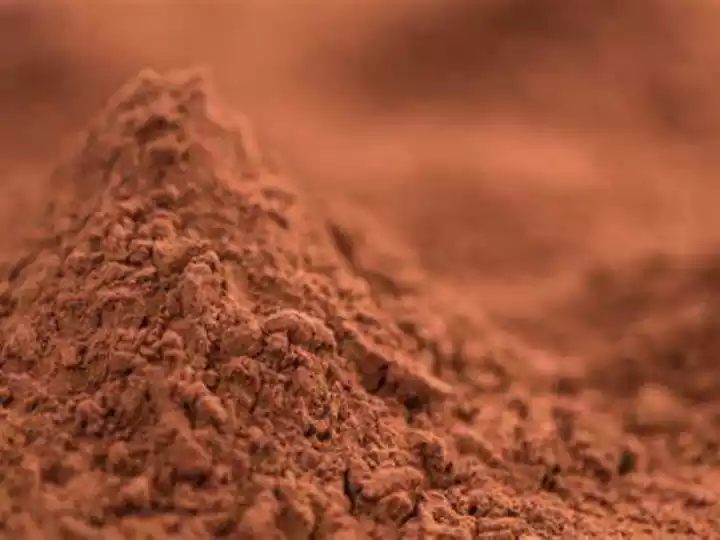
Harvesting and Opening the Cocoa Pods
Cocoa pods are harvested from cocoa trees, which thrive in tropical regions worldwide. These football-sized pods grow directly on the tree trunks or main branches. Skilled farmers carefully select ripe pods by their vibrant colors and mature appearance. Using sharp tools, they skillfully open the pods, revealing the treasure within – cocoa beans surrounded by a sweet, white pulp.
Fermentation of Cocoa Beans
After the pods are opened, the cocoa beans, along with the pulp, are extracted and placed in shallow fermentation trays or boxes. The beans are covered with banana leaves or similar materials to create a warm and humid environment. Fermentation is a critical process that lasts for several days, during which microbial activity triggers biochemical changes within the beans. This step is vital as it develops the desired flavor and aroma profiles of the cocoa.
Drying the Fermented Cocoa Beans
Following fermentation, the beans are spread out in thin layers on large drying trays or mats. They are left to dry under the sun or using mechanical dryers, a process that can take up to a week. Proper drying is crucial to reduce moisture content and prevent the growth of mold or bacteria. The beans are turned periodically to ensure uniform drying and prevent clumping.
Sorting and Grading
Once the beans have dried to the ideal moisture level, they undergo sorting and grading. Skilled workers carefully inspect the beans, removing any defective or damaged ones. This process ensures that only the finest quality beans move forward in the cocoa processing journey. The beans are often graded based on factors such as size, color, and appearance, which can impact their value and potential use in various chocolate products.
Roasting and Grinding
Roasting is a crucial step that brings out the rich flavors and aromas locked within the cocoa beans. The sorted beans are roasted at precise temperatures, transforming them into a dark, brittle form. The roasted beans are then cracked into smaller pieces, known as cocoa nibs. These nibs are ground into a thick, paste-like substance called cocoa liquor, which is the foundation of all chocolate products.
Pressing and Separation
Cocoa liquor is further processed through hydraulic presses to separate the cocoa solids from the cocoa butter. The resulting cocoa solids, also known as cocoa powder, are commonly used in baking, confectionery, and beverage applications. Cocoa butter, with its smooth and creamy texture, is a valuable ingredient in chocolate-making and other cosmetic or culinary applications.
Conching and Tempering
To achieve the desired smoothness and texture, the cocoa liquor is subjected to a process known as conching. This involves stirring and heating the liquor at precise temperatures for an extended period. Conching helps to refine the flavors, eliminate any residual bitterness, and enhance the overall mouthfeel of the chocolate. Following conching, the chocolate undergoes tempering, a controlled cooling process that gives it a glossy appearance and ensures a stable crystal structure.
Molding and Packaging
The tempered chocolate is poured into molds, allowing it to solidify into various shapes and sizes. Once hardened, the chocolate is carefully removed from the molds, ready to be packaged. Chocolatiers and manufacturers then package the chocolate bars, truffles, or other forms of chocolate into attractive and consumer-friendly packaging. The packaging plays a vital role in preserving the quality and freshness of the chocolate, protecting it from moisture, heat, and light.
Distribution and Enjoyment
After the chocolate is packaged, it embarks on its journey to reach consumers around the world. It is distributed to retail stores, supermarkets, and online platforms, where chocolate lovers can choose from a wide array of flavors and brands. From there, the chocolate finds its way into the hands of eager individuals who indulge in its rich and delightful taste.
Conclusion
The journey of cocoa pods from the tree to the chocolate we enjoy is a remarkable process involving various stages of harvesting, fermenting, drying, sorting, roasting, grinding, pressing, conching, tempering, and packaging. Each step contributes to the development of distinct flavors, textures, and qualities that make chocolate a universally cherished treat. The meticulous care taken by farmers, processors, and chocolatiers ensures that cocoa beans are transformed into delectable creations for us to savor and appreciate. So, the next time you enjoy a piece of chocolate, take a moment to appreciate the intricate journey it has undertaken, starting from the humble cocoa pod.
